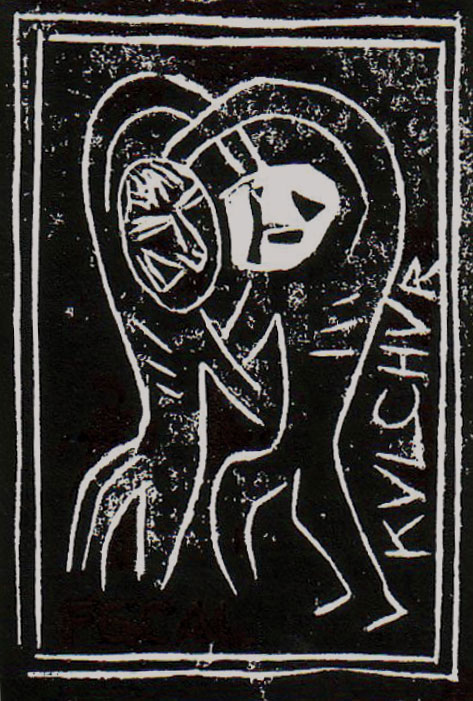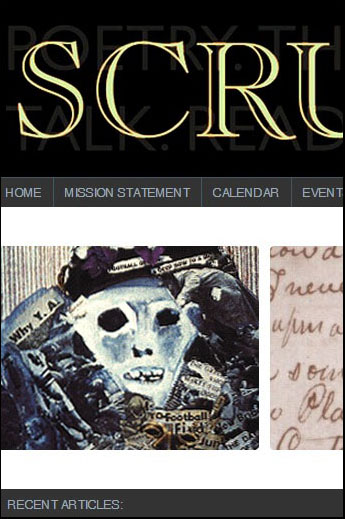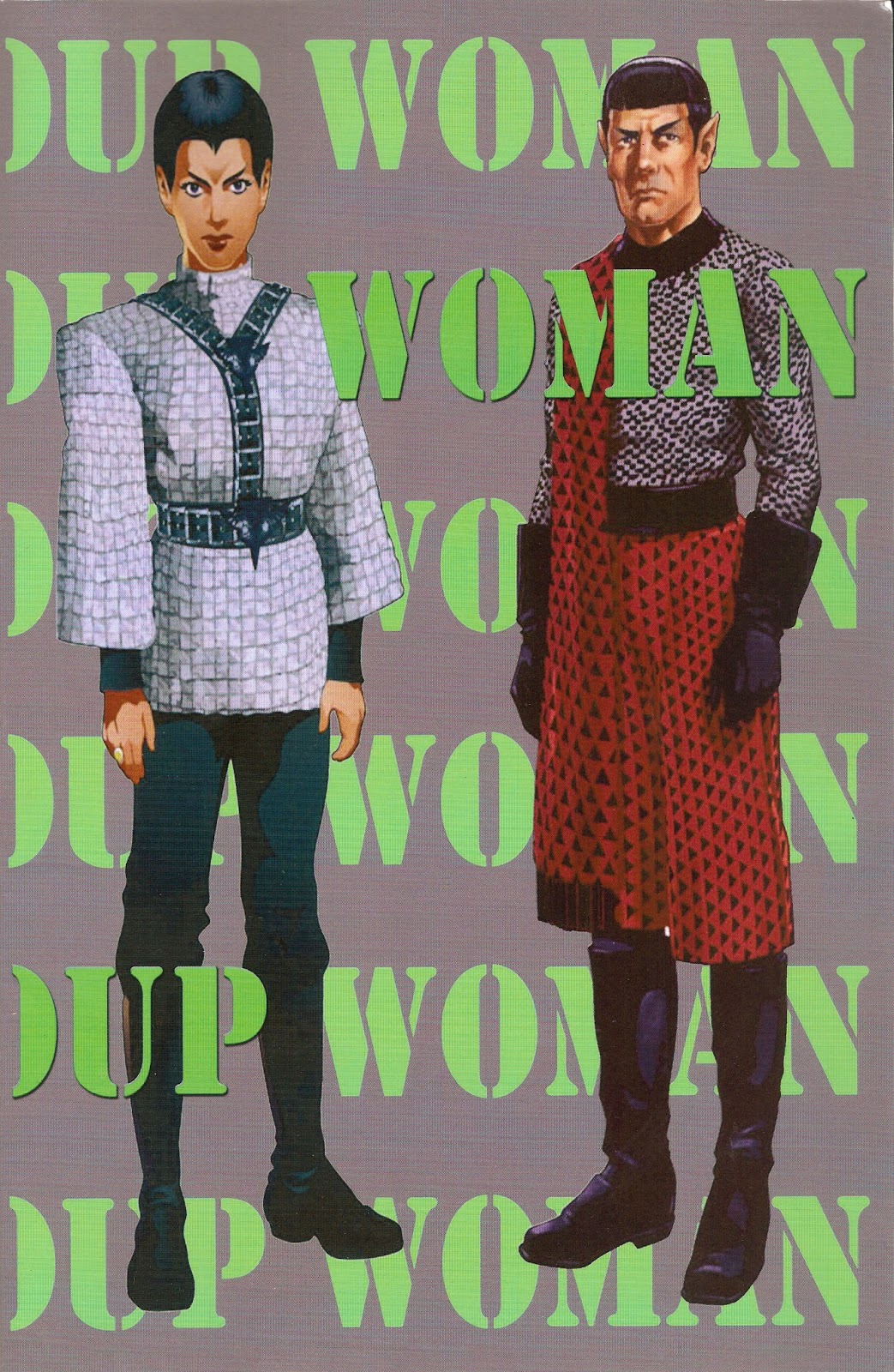THE HAUNTING: VIGILANCE 1917
 Vigilance publications are, without exception, the most haunting poetry publications I've ever received. They creep. They crawl. They lay either prostrate playing dead or coiled in your mailbox like a venomous snake. There is nothing contained in any of them which indicates where or when they were produced. They simply arrive in your mailbox. First I began receiving them at work. Then at home packaged in envelopes with neither sending nor return address. The only text which appears on any of the envelopes simply reads: Vigilance 1917.
Vigilance publications are, without exception, the most haunting poetry publications I've ever received. They creep. They crawl. They lay either prostrate playing dead or coiled in your mailbox like a venomous snake. There is nothing contained in any of them which indicates where or when they were produced. They simply arrive in your mailbox. First I began receiving them at work. Then at home packaged in envelopes with neither sending nor return address. The only text which appears on any of the envelopes simply reads: Vigilance 1917.They are the flipside of the rusted coin spent on spyware and wire-tapping. They are the terror the war on terror breeds. Contagion. The colophon of each contains not the usual information but militant and aggressive slogans like "We Never Sleep" or "Speak of this to no one" or—and this is most disturbing—"Astra Castra Lumen Numen." They make it difficult to sleep at night. They make my fucking skin crawl.
Perhaps this is the work these books are intended to do. Each, in one way or another, calls attention to the somatic materiality of the body and the fragility of flesh. The covers of most of them foreground images of some aspect of the body, whether animal or man. The image on the cover of C.J. Martin's City boasts a human skeleton whose skull is the capital building, whose left hand holds the Washington Monument, whose pelvis is not a pelvis proper but the White House. The cover of Michael Cross' Cede reveals the head of a man bleeding from the mouth, the blood running down his chin forming text across a kerchief wrapped round his neck. The back cover of Eli Drabman's Daylight on the Wires features sketches of two rabbits, one which foregrounds the beast's muscle structure and one its skeletal structure.
Like Bataille's notion of death, these books and broadsides are the common inevitable and, in another way, profound and profoundly inaccessible.
Other Vigilance books include Craig Dworkin's All Saints and Rob Halpern's Disaster Suite. All are hand-stitched letterpress pubs. With the exception of Drabman's Daylight, all are small. Given their size, one can imagine their publisher concealing them like weapons, trafficking them like drugs, planting them like bombs. Despite their size, they come like Olson's America: large and without mercy.
The authors of these publications know as little about their source as those who receive them. Although each Vigilance publication appears to be a single-author work, or at least bears the name of an author, the authors of these works receive them in the same mysterious way readers do. And for those that receive them—do they arrive as a warning? Do they mark us as irresponsible poets and intellectuals? Or do they affirm the work we do as intellectual laborers, as producers of culture critical of cultural production? Each of these publications is clearly the product of labor, but I worry that this is a labor which comes for us — for our sons and daughters, our mothers and father, for the ones that we love.
Perhaps this is the work these books are intended to do. Each, in one way or another, calls attention to the somatic materiality of the body and the fragility of flesh. The covers of most of them foreground images of some aspect of the body, whether animal or man. The image on the cover of C.J. Martin's City boasts a human skeleton whose skull is the capital building, whose left hand holds the Washington Monument, whose pelvis is not a pelvis proper but the White House. The cover of Michael Cross' Cede reveals the head of a man bleeding from the mouth, the blood running down his chin forming text across a kerchief wrapped round his neck. The back cover of Eli Drabman's Daylight on the Wires features sketches of two rabbits, one which foregrounds the beast's muscle structure and one its skeletal structure.
Like Bataille's notion of death, these books and broadsides are the common inevitable and, in another way, profound and profoundly inaccessible.
Other Vigilance books include Craig Dworkin's All Saints and Rob Halpern's Disaster Suite. All are hand-stitched letterpress pubs. With the exception of Drabman's Daylight, all are small. Given their size, one can imagine their publisher concealing them like weapons, trafficking them like drugs, planting them like bombs. Despite their size, they come like Olson's America: large and without mercy.
The authors of these publications know as little about their source as those who receive them. Although each Vigilance publication appears to be a single-author work, or at least bears the name of an author, the authors of these works receive them in the same mysterious way readers do. And for those that receive them—do they arrive as a warning? Do they mark us as irresponsible poets and intellectuals? Or do they affirm the work we do as intellectual laborers, as producers of culture critical of cultural production? Each of these publications is clearly the product of labor, but I worry that this is a labor which comes for us — for our sons and daughters, our mothers and father, for the ones that we love.






<< Home